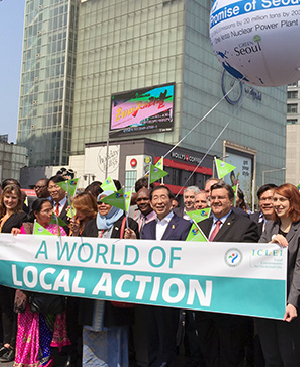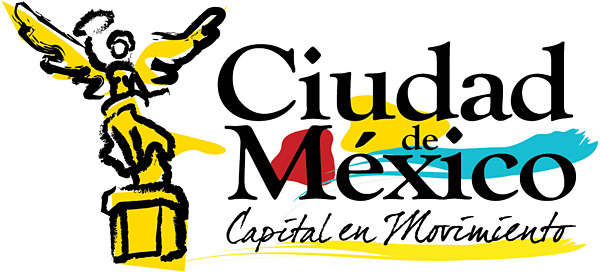- Home
- Reporting entities
- District Municipality of Chaclacayo
District Municipality of Chaclacayo
Peru-
Population 39686

-
Area 40.0km 2
-
GDP N/AN/A
-
Targets by N/A N/Aemission
Targets by District Municipality of Chaclacayo
There are no targets yet
- Start year: 2012
- Type: Policy/Strategies/Action Plans
- Status: Completed
Efforts were made with a previously selected community in
relation to selective solid domestic waste management. The
objective is to minimize final disposal as well as publicize
and define milestones and criteria for at-source garbage
separation; all necessary materials will be provided to this
end. Program outcomes call for a start-up date in October
2012.
Participating Organizations: the Chaclacayo local government,
REDAALC’s Grupo de Apoyo Perú.
- Waste

- Start year:
- Type: Education/Awareness Raising
- Status:
The program goal is to create awareness of best environmental
practices among the general population, which led
to door-to-door visits and talks offering information on
environmental problems caused by improper solid waste
management alongside their health- and climate-changerelated
impacts. An understanding of public perception of
solid waste management was gained and corrective measures
were established.
Participating Organizations: Chaclacayo local government, REDAALC’s
Grupo de Apoyo Perú.
- Waste

- Start year:
- Type: Regulatory
- Status:
Protocols have been implemented to achieve eco-efficiency
measures within the local government that favor proper
economic and material resources management. The action
implies these resources’ sustainable conservation and use
via employee awareness training, above all focused on institutional
reductions in paper, energy, water and fuel consumption,
leading to natural resources conservation and a
subsequent reduction of negative environmental impacts.
Participating Organizations: Chaclacayo local government.
- Facilities

- Start year: 2012
- Type: Fiscal / Financial mechanism
- Status: In operation
The program involves environmental upgrades and riverbank
stone and retaining-wall reinforcements; asphalt pathways,
tile paths, bike paths; lighting, benches, rubbish bins;
recreational, sport and special-use areas as well as lawn and
tree cultivation in an approximately 7500 m2 area, to be realized
by the metro Lima local government. Co-financing
for a 20% private investment was attained; the project assures
safety, recreational opportunities and enhanced health
for the populace at large.
Participating Organizations: metro Lima local government, the
Chaclacayo local government, SERPAR, private enterprise,
neighborhood associations, and the National Water Authority
via the Chillón-Rímac-Lurín local water authority.

- Start year: 2012
- Type: Policy/Strategies/Action Plans
- Status: Completed
This project seeks to preserve and improve the overall quality
of Lima’s most important water source, the Rímac River,
establishing a number of mechanisms that avoid the riverbank
becoming a dumpsite for solid wastes, rubble and
weeds. Additionally, dredging and restricted access continuously
control against polluting tributary discharge points.
Participating Organizations: Chaclacayo local government, the
Metro Lima Agrarian Sub-Region, the Lurigancho-Chosica
local government, and private area businesses.

- Start year: 2012
- Type: Policy/Strategies/Action Plans
- Status: Completed
This project seeks to manage and minimize disaster risks occasioned
by water, earth and rock slides at Quebrada Cusipata.
There is a four-hectare area for planting 4400 trees
and to date approximately 600 have been sown. Additionally,
an Inter-Institutional Cooperation Covenant has been
signed between the Chaclacayo local government and SERPAR
to create a tree-adoption program that called for 1000
tree assignments.
Participating Organizations: the Chaclacayo local government,
the Peruvian Comptroller’s Office, SERPAR



